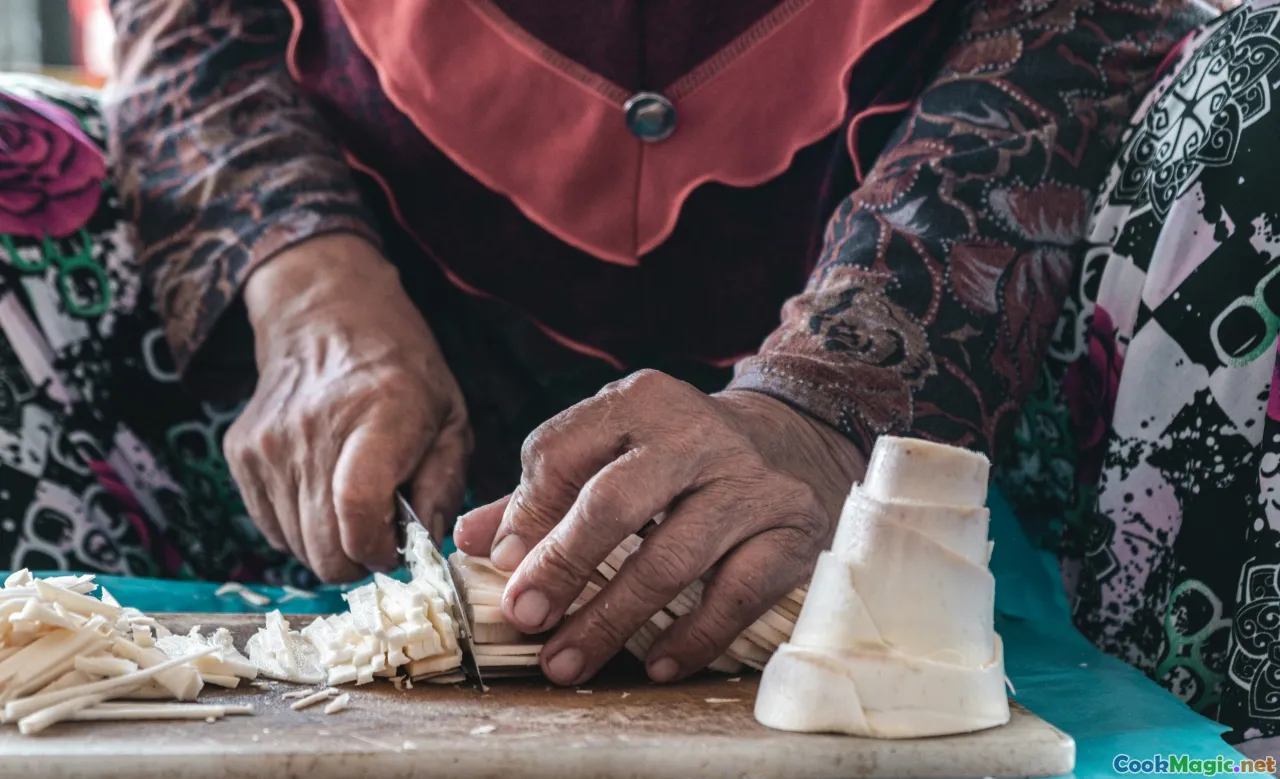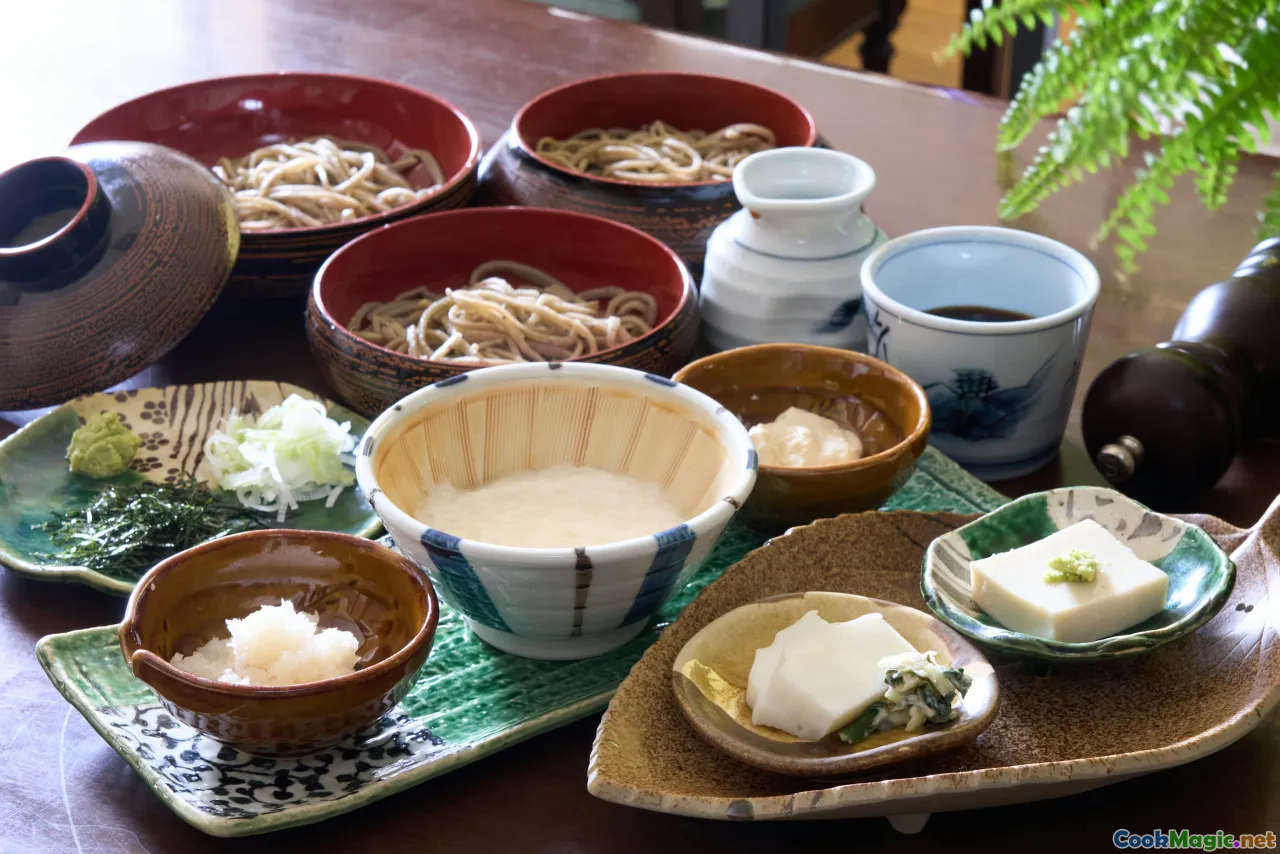Balancing Authenticity and Innovation in Maori Restaurants
9 min read Exploring how Maori restaurants blend traditional flavors with modern techniques to honor culture while appealing to contemporary palates. July 01, 2025 03:05
Embracing the Heartbeat of Māori Cuisine in Modern Kitchens
The aroma of roasted pipi, the smoky scent of hangi, the vibrant colors of pao pao—these are not just dishes; they are the sensory tapestry woven into the very fabric of Māori identity. As Māori cuisine gains prominence both within New Zealand and globally, culinary artisans face an intricate challenge: How to honor the deep-rooted traditions that define Māori food culture while embracing innovation that can elevate it to new spheres?
Balancing authenticity with creative evolution is not merely a culinary strategy but a cultural dialogue—a gentle dance between preserving ancestral narratives and daring to explore new culinary frontiers. This delicate act requires sensitivity, deep cultural understanding, and a passionate approach grounded in respect for Māori heritage.
In this exploration, we'll delve into how contemporary Māori restaurants are navigating this landscape—drawing from historical roots while innovating with vibrancy and authenticity. You'll find storytelling, real-world examples like Tāheke in Wellington, insights into traditional ingredients, and practical tips for chefs aspiring to honor Māori cuisine while dazzling modern palates.
The Soul of Māori Cuisine: Rooted in Tradition

Māori cuisine is more than a collection of dishes; it’s a reflection of the land, sea, and people. Traditional Māori food practices, originating from a time before colonization, rely heavily on natural, locally-sourced ingredients—kumara (sweet potato), puha (cooked greens), eel, kina (sea urchin), and various shellfish. Central to this is the hangi, a method of slow-cooking food underground using heated stones—a ritual that infuses dishes with smoky earthiness and rich depth.
Beyond the ingredients and techniques lies the spiritual connection to Taiao (the environment) and Tikanga (customs). Sharing a hangi is an act of community, a way to honor ancestors and celebrate life’s milestones.
Understanding these fundamental elements is vital for any chef or restaurateur seeking authentic Māori culinary expression. It anchors their menu in history while offering a platform for respectful innovation.
Case Study: Tāheke — A Modern Māori Dining Experience

Nestled in Wellington, Tāheke exemplifies a successful fusion—honoring Māori flavors while seamlessly integrating contemporary presentation and techniques. Their menu features traditional ingredients reimagined with modern gastronomy: smoked eel terrine served with native pōhutukawa flower-infused oil, or steamed kūmara ravioli garnished with wild forest herbs.
Owner-chef Mana Rautere admits, "We strive to tell stories of our ancestors through every dish, but we're also curious about what modern ingredients can add to that narrative." The restaurant’s signature dish, “Ngā Kaitiaki o te Wai,” a play on sacred water guardians, combines native shellfish with locally brewed edible seaweed gel—creating a sensory journey that respects tradition yet feels fresh and alive.
Navigating the Tension: Respect, Innovation, and Authenticity

Innovation often involves a fine balancing act—pushing boundaries without eroding cultural authenticity. For Māori restaurants, this means approaching dishes with cultural humility and dialogue.
One approach gaining traction is collaborating with Māori elders and cultural advisors. This ensures that reinterpretations uphold mana (prestige), avoiding caricature or misrepresentation. For example, Bannock bread infused with kānuka honey or native herbs not only offers unique flavors but also tells stories of flora intrinsic to Māori cosmology.
Compare this to some instances where attempts at fusion have unintentionally watered down or trivialized traditions—highlighting the importance of deep cultural engagement.
Practical Tips for Blending the Old and New
- Engage in Cultural Research: Visit marae, participate in traditional feasts, and listen to elders. Authenticity arises from immersion.
- Source Native Ingredients Respectfully: Partner with Māori growers and suppliers to ensure sustainability and cultural connection.
- Incorporate Storytelling: Use menu narratives that share the significance of each ingredient or method.
- Experiment Thoughtfully: Introduce modern techniques, such as sous-vide or molecular gastronomy, only after understanding traditional preparations deeply.
- Design Cultural Spaces: Create environments that reflect Māori artistry—carvings, artworks, and symbols that contextualize the cuisine.
Examples of Creative Innovation Respectful to Cultural Roots
The Hangi Reinvented
A few restaurants are experimenting with the concept of a deconstructed hangi—using smoked meat, native herbs, and native vegetables arranged artistically on a plate, accompanied by earth-inspired flavors like native pohuehue tartare or boiled shellfish.
Native-Inspired Plating and Presentation
Native patterns, koru motifs, and traditional weaving designs inspire plating styles that evoke Māori artistry, connecting visual culture with culinary craftsmanship.
Fusion in the Spirit of Aroha
A growing number of chefs are blending Māori ingredients with global cuisines—think poke bowls with slices of pāua, or sushi rolls featuring kawakawa-infused rice—each adapting with reverence and a sense of cultural viral.
The Emotional and Cultural Impact of Honoring Māori Food Traditions
Celebrating Māori cuisine in contemporary settings extends beyond gastronomy. It affirms Māori sovereignty, cultural pride, and storytelling. Every preserved tradition or respectful innovation becomes an act of cultural resilience.
Furthermore, these culinary expressions foster intercultural understanding, allowing diners—both Māori and visitors—to connect through shared sensory experiences. Visitors often describe tasting a Māori dish as an emotional journey—an awakening to stories of land, sea, ancestors, and resilience.
Accentuating this is the personal insight from Tāheke’s chef, Mana, who says, "When we serve our food, we’re not just filling bellies; we're sharing a legacy that transcends time. Innovating without losing our essence keeps that story alive."
Closing Thoughts: A Future Flourishing with Respect and Creativity
The path forward for Māori restaurants is one of thoughtful innovation rooted in unwavering respect for culture. Culinary spaces that succeed in balancing authenticity and ingenuity become vibrant testaments to a living tradition—one that honours the past while embracing the future.
By weaving stories, respecting customs, and daring to experiment, Māori cuisine can continue to enchant, educate, and empower. This culinary renaissance, carefully navigating the sacred and the revolutionary, offers a rich, dynamic canvas where history and innovation dance in harmony, inviting all who taste to partake in this ongoing story of cultural resilience and creative brilliance.









